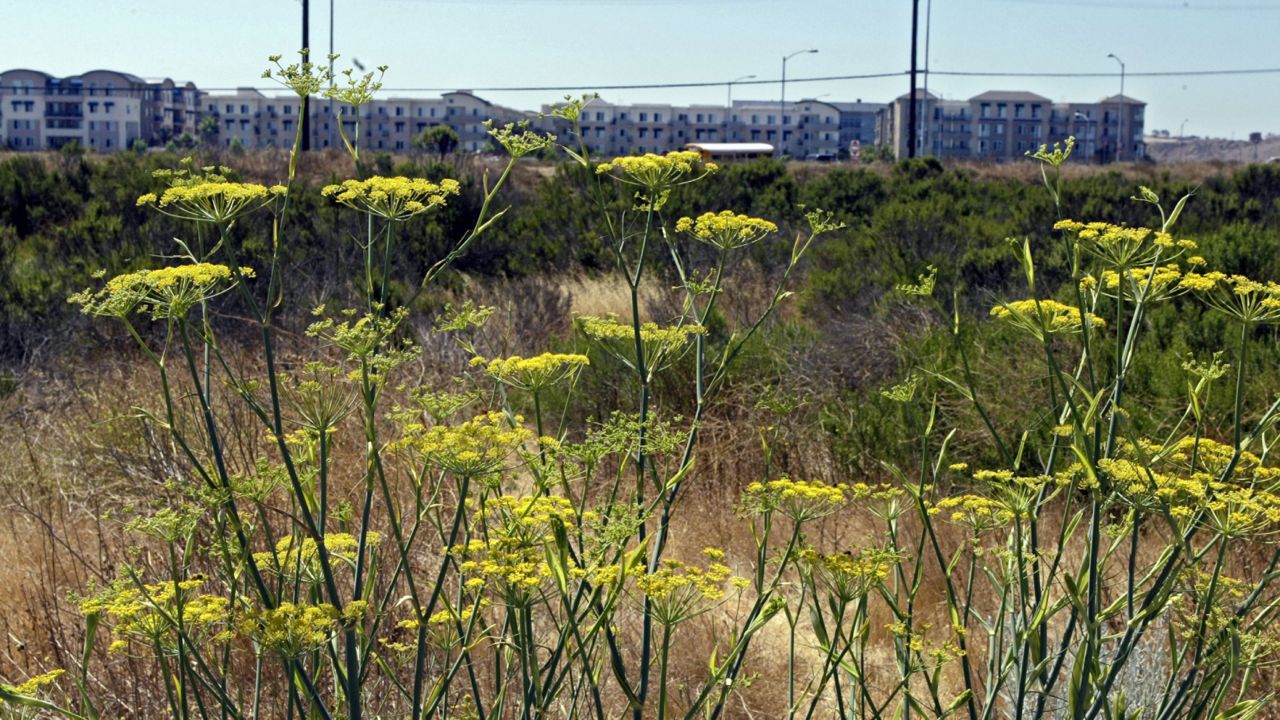LOS ANGELES (CNS) — The California Department of Fish and Wildlife announced Wednesday it certified the final Environmental Impact Report for the Ballona Wetlands Ecological Reserve, allowing the project to move forward.
The project will bring native coastal wetlands and upland habitat to the reserve, which is located south of Marina del Rey and east of Playa del Rey, according to the Department of Fish and Wildlife.
The Friends of Ballona Wetlands hailed the news, calling certification of the EIR "long-awaited."
"This restoration will be a gift to the entire Los Angeles region, including the nearby communities that have historically not had access to such resources," said Scott Culbertson, the nonprofit's executive director. "California has lost 91% of its wetlands and the county has lost even more. In the face of climate change, large scale wetland restoration projects, particularly those in urban areas like the Ballona Wetlands restoration project, are critical."
The Friends of Ballona Wetlands, Heal the Bay, Surfrider Foundation, Los Angeles Waterkeeper, and the Trust for Public Land have been working together for years on behalf of the restoration, Culbertson noted.
The Ballona Wetlands Ecological Reserve once encompassed 2,000 acres — between Playa del Rey, Venice, and Baldwin Hills — full of marshes, mud flats, salt pans, and sand dunes. The now 577-acre reserve was acquired by the state in 2003, and its ecosystem is considered a rare opportunity for major coastal habitat restoration in the county.
"CDFW is advancing the most restorative alternative in the final EIR — with a significant commitment to phasing the restoration work," the department said in its announcement.
"The most restorative alternative also provides more climate resiliency buffer, because without this restoration sea level rise will overcome the remaining portions of BWER that have functioning wetlands and flood local roads more frequently, more severely, and more sooner. It will restore ecological function to currently degraded wetlands, preserving sensitive habitat for future generations and build climate resilience on a coast vulnerable to sea level rise."
Heal the Bay President Shelley Luce said: "California has lost extensive amounts of its wetlands and L.A. County has lost even more. Wetlands are a natural buffer against sea level rise and make our communities more resilient to the climate crisis. Large-scale wetland restorations, especially in developed urban places, are critical climate actions we can take now to protect our future. We are so pleased to see such a major wetland restoration plan move forward here in LA."
Once the project is complete, the reserve will be one of the largest public, open spaces in the city, second to Griffith Park, according to the department.
Miguel Luna, president of Urban Semillas, said Los Angeles County lacks enough open space for all its residents, and historically communities of color have suffered the most from the lack of parks.
"This is a big step in designing a new park to meet multiple needs in our densely developed cities," he said. "Westchester, Playa del Rey and the LAX area has a `high park need; and more green space nearby will help increase access to the many benefits nature provides for mental and physical health as well as life expectancy."
The next step for the reserve is the selection of a final design. The United States Army Corps of Engineers is expected to complete its engineering plan within the next 18-24 months, and the Department of Fish and Wildlife will acquire necessary permits in the meantime.



